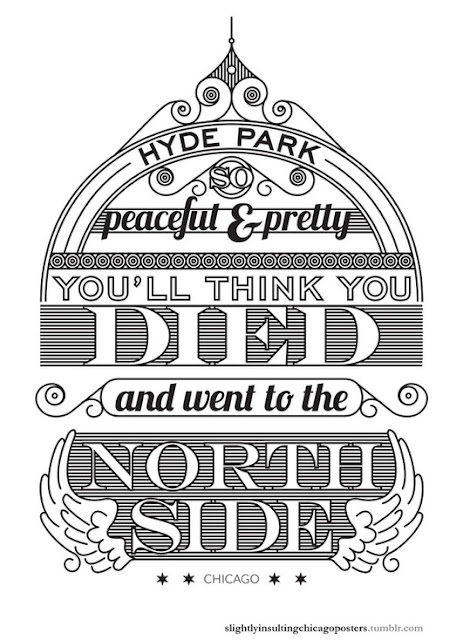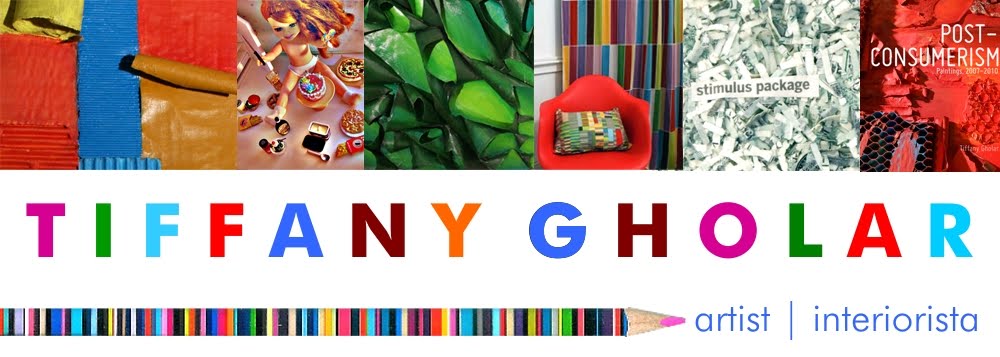Chicago is a segregated city. Calling it "the city of neighborhoods" is just a euphemism. The truth is, there are two Chicagos. There is the Chicago whose first non-indigenous settler was a Black man, and the Chicago that constrained new Black settlers who moved here from the "separate but equal" South to a narrow corridor called The Black Belt whose borders were defined by the Second City's version of the Mason-Dixon line. There is the Chicago of Obama, Oprah, and Michael Jordan, and then there is the Chicago that devised restrictive covenants to keep its Black residents out of certain neighborhoods, a legacy that endures until today. There is the Chicago that was home to great minds like Studs Terkel, Gwendolyn Brooks, Lorraine Hansberry, and Carl Sandburg, as well as the Chicago that was home to small-minded bigots who threw bricks at Dr. King when he came to visit. There is the Chicago that welcomes visitors from all over the world, and the Chicago where some residents are afraid to leave their homes. There is the Chicago of visitors' guides and feel-good films, and then there is the Chicago that the powers that be would rather not talk about. Historically it has been a city of broad shoulders and narrow minds.
Likewise there are two Chicago Public School systems. There is the CPS that is failing, being "turned around," losing the "Race to the Top," worn down by the unmet needs of children facing homelessness, hunger, gangs, drugs, violence, and abuse, and then there is the CPS of magnet schools, language academies, gifted programs, International Baccalaureate programs, science fair and young authors' contest winners, teen performing artists every bit as talented as the kids in Fame... Guess which one most people hear about?
Which Chicago people talk about depends on so many different factors. Who are they trying to impress? Who are they mocking? Which Chicago are they from? Which Chicago do they want people to think they are from?
Throughout my life I have always had a foot in both Chicagos. Yes, I lived with my family on the South Side, in Hyde Park and Beverly, which are both racially integrated upper middle class enclaves. But I went to church every Sunday in Englewood, an impoverished community struggling with gun violence and abandoned buildings. From kindergarten through the eighth grade I attended a gifted program in a magnet school. While we in the gifted program had excellent (though often very eccentric) teachers and great textbooks, the rest of our school suffered from so much overcrowding that by the time I graduated there were classes being held in the gym, the hallways, and a trailer, and the library was reduced to mobile shelving set up in the auditorium. Our school embodied the two Chicago Public School systems in a single campus.
My school was on the North Side, 20 miles from home. The commute could take as long as two hours, and I spent so much time traveling through the various neighborhoods between home and school that I feel like I grew up on the school bus. I had friends from the North Side, the West Side, and the South Side. But I learned from going to school on the North Side that which Chicago you're from really matters to many people, and often had to verbally defend myself by saying, "yes, I went to a public school, but I was in the gifted program and we studied Latin from kindergarten through 8th grade," or "yes, I'm from the South Side, but I'm from Beverly" to avoid a particular sort of ridicule, scorn, and prejudice.
 |
| The artists who made these signs say they're only "slightly insulting," but I am tired of putting up with these kinds of assumptions about the neighborhoods I've lived in. |
 |
| Is this supposed to be funny? |
Why are poverty and murder rates somehow the subject of cruel jokes and derisive laughter? What is so funny about children growing up in conditions that are almost as abysmal as those in un-industrialized nations? Why the hegemony of the North Side? Why the fear and loathing of the South Side and West Side? It makes me feel like Chicago is not a melting pot, but a fractured mosaic made of broken things and the shards of shattered dreams. It is a place that can leave scars. I know people who have left this polarized city and vow to never return. I can understand why.
Who better to combat this ugliness than artists? That is the beauty of Art Block by Block, the theme of this year's Chicago Artists Month. According to the Chicago Department of Cultural Affairs and Special Events, "it explores the impact of artists on Chicago's neighborhoods." I hope that the arts can lead the way in creating events, spaces, and opportunities where diverse groups of people can interact during Chicago Artists Month. Chicago is a city with a lot of history, a lot of baggage, and a lot of metaphorical ghosts that still haunt it to this day. The cathartic nature of art and its willingness to confront difficult truths about humanity and challenge viewers to look at the world with different perspectives can encourage dialogues and connections amongst Chicagoans of every neighborhood. It can provide a window into other cultures and points of view, leading to greater understanding and appreciation (not just tolerance) of people whose backgrounds and life experiences may be very different from one's own.
Not wanting to miss out on the numerous opportunities for artists in this city is the main reason I have decided to stay here despite the negative experiences I've had. I look forward to October now, as I try to see as many galleries, art centers, and studios as possible, venturing into unfamiliar neighborhoods, just as I did many years ago as a girl on the school bus. I think that my long daily commutes prepared me for these city expeditions, and made me curious about what all the busy people I saw each day were doing and where they were going. I was fascinated by the gritty urban landscape and the rugged warehouses and old factories I saw, some of which have now become spaces for artists.
That some of these gallery and studio spaces even exist is a testament to the progress the city is slowly making. I consider the example of Bridgeport, a neighborhood that, as recently as the late 90's, was the site of violent hate crimes against Black teens. I used to dread going there. But now it is the home of two of my favorite art centers, Zhou B and The Bridgeport Art Center, as well as a few new ones that I also want to visit.
They are just two of the art centers having special events highlighting the work of Chicago based artists. As I have done for the past few years, I plan to attend as many Artists Month events as I can, take pictures, and write about them on here. If you want to see for yourself, you can find out more about all the special events for Chicago Artists Month here:
www.chicagoartistsmonth.org
And if you want to learn more about the history of racial segregation in Chicago, here are some additional resources:
DuSable to Obama: Chicago's Black Metropolis
an excellent 90 minute documentary streaming free from our local PBS station, WTTW. If you have time, check it out.
Making the Second Ghetto: Race and Housing in Chicago 1940-1960 by Arnold R. Hirsch
And for accurate information about the city's neighborhoods, look them up in the Chicago History Museum's Encyclopedia of Chicago.

No comments:
Post a Comment